Quenching, Tempering, Annealing, Normalizing: The Essential Heat Treatment Techniques for Steel
Author: SAIVS Date Published: Mar 18,2024
Heat treatment is a crucial process in metallurgy, particularly for steel, where altering properties like strength, hardness, toughness,
and machinability can significantly enhance its performance in various applications.
Among the myriad methods available, four primary processes stand out: quenching, tempering, annealing, and normalizing.
Each serves distinct purposes and induces specific changes in the steel's microstructure, ultimately influencing its mechanical properties.
Heat treatment allows us to control properties of steel such as strength, hardness, toughness, machinability, and wear resistance.
This technique is extensively used for applications like hardening blades (through quenching) and enhancing machinability (through annealing).
Special steels, due to their inherent ability to achieve a wider range of properties, benefit even more from heat treatment.
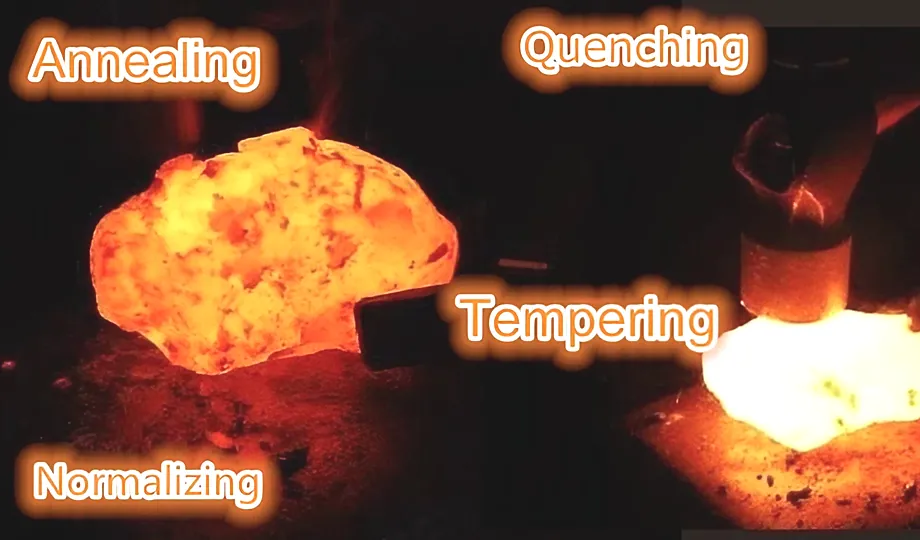
Types of Heat Treatment
Surface Hardening: This focuses on improving the surface properties, such as hardness, of the steel. Examples include high-frequency hardening and carburizing.
Overall Heat Treatment: This alters the properties throughout the entire piece of steel. Quenching, tempering, annealing, and normalizing fall under this category.
Explanation of Each Process
Quenching:
Quenching is a rapid cooling process involving the immersion of heated steel into a medium like water, oil, or air.
This abrupt cooling transforms the steel's microstructure, typically forming martensite or bainite, resulting in increased hardness, wear resistance, and strength.
However, this hardness often comes at the expense of increased brittleness.
Purpose: Significantly increase the steel's strength and wear resistance.
Process: Heat the steel to a high temperature and then rapidly cool it in a medium like water, oil, or air.
This rapid cooling transforms the steel's structure into martensite, resulting in maximum hardness.
Factors Affecting Hardness: The carbon content in the steel plays a role – higher carbon content leads to increased hardness.
Importance of Temperature control: Precise control of heating and cooling rates is critical for proper structure formation and preventing cracks in the steel.
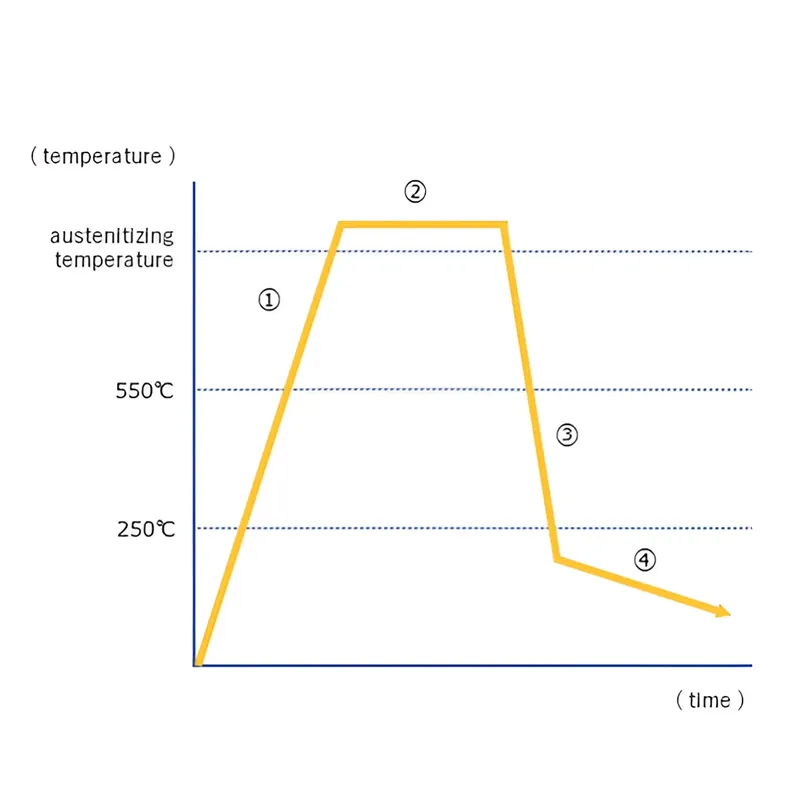
Tempering:
Following quenching, tempering is employed to alleviate the brittleness while retaining desirable hardness levels.
This involves reheating the quenched steel to a lower temperature and then gradually cooling it.
Tempering allows for the transformation of the microstructure, creating tempered martensite or tempered sorbite, which balances hardness with improved
toughness and ductility.
Purpose: Adjust the hardness and improve the toughness of quenched steel.
Process: Reheat the quenched steel to a lower temperature and then cool it in a controlled manner.
Tempering Temperature and Effects:
Low-temperature tempering (150-200°C): Creates tempered martensite, relieving stress without significantly reducing hardness.
High-temperature tempering (above 200°C): Reduces hardness to achieve better toughness.
Benefits: Prevents quench cracks, and enhances wear resistance and impact resistance.
Precautions:
Timely tempering after quenching is essential, especially for high-carbon steel, to avoid quality issues.
Proper temperature management is crucial to prevent temper embrittlement, which can occur around 200°C (blue brittleness) and 900°C (red brittleness).
Annealing:
Annealing is a Heat Treatment Process that involves the slow heating of steel to a specific temperature, followed by a controlled cooling phase.
This method aims to soften the steel, improve its machinability, and relieve internal stresses.
Annealing refines the grain structure and eliminates defects, resulting in a softer, more workable material suitable for subsequent processing stages.
Purpose: Improve the steel's quality for specific applications by reducing internal stresses and enhancing workability/cutting ability.
Types of Annealing and Features:
Full annealing: Achieves a uniform internal crystal size for homogenous steel.
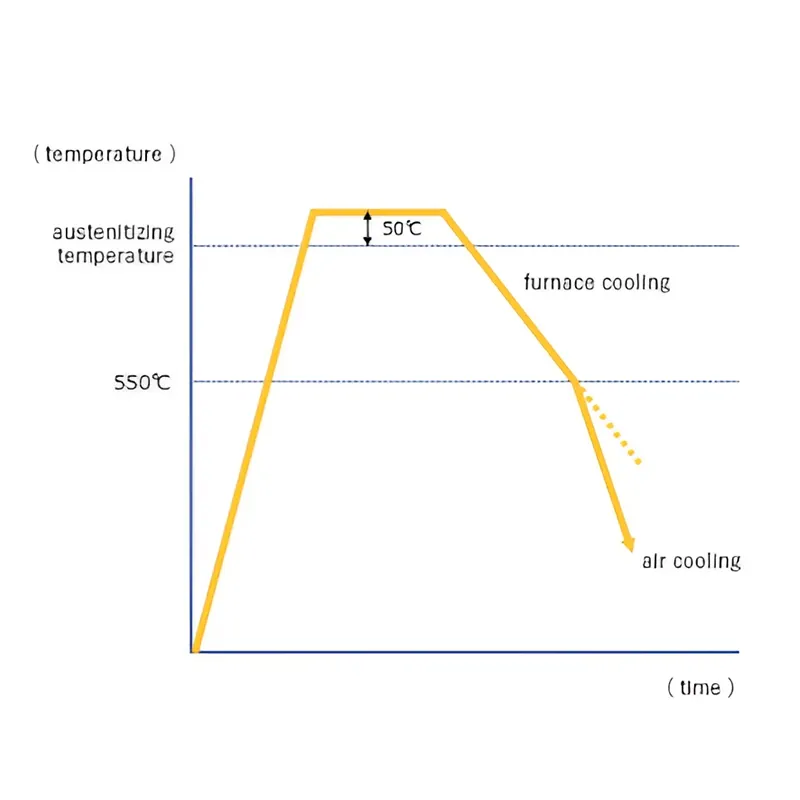
Isothermal annealing: Enables controlled pearlite formation for better cutting.
Stress relief annealing: Removes residual stress at low temperatures (around 500°C).
Spheroidizing annealing: Improves workability by transforming carbides into a spherical shape.
Diffusion annealing: Homogenizes impurities through high-temperature diffusion.
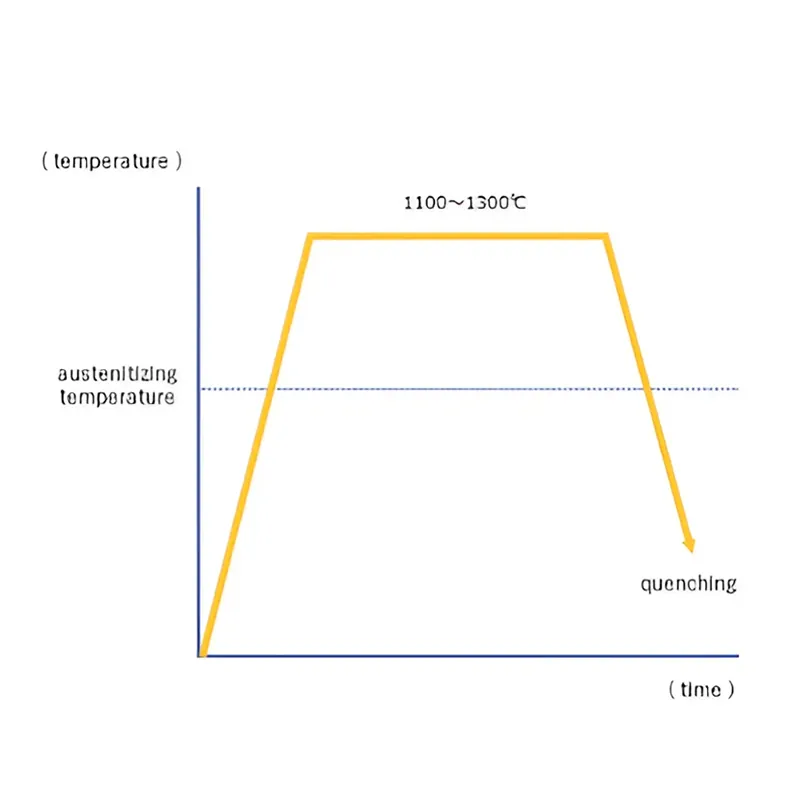
Annealing Temperature Control: Achieved through various methods like complete annealing and isothermal annealing.
Applications: Used during the material processing stage and for intermediate annealing of products after processing and hardening.
Importance: Improves workability by softening the material before processing.
Normalizing:
Normalizing shares similarities with annealing but involves heating the steel to a temperature above its critical point and then air-cooling it at a moderate rate.
This process refines the grain structure, enhancing toughness and machinability while maintaining adequate strength levels.
Normalizing yields a balanced microstructure, offering improved ductility and workability compared to untreated steel.
Purpose: Create a uniform fine-grained structure and eliminate internal stresses.
Process: Heat the steel above its recrystallization temperature, allowing coarse crystals to transform into new, stress-free crystals.
Air cooling is used for faster cooling compared to furnace cooling, resulting in the formation of finer pearlite.
Normalizing Temperature: The steel is heated above its austenitizing temperature (700-900°C) for complete austenitization, followed by holding and air cooling.
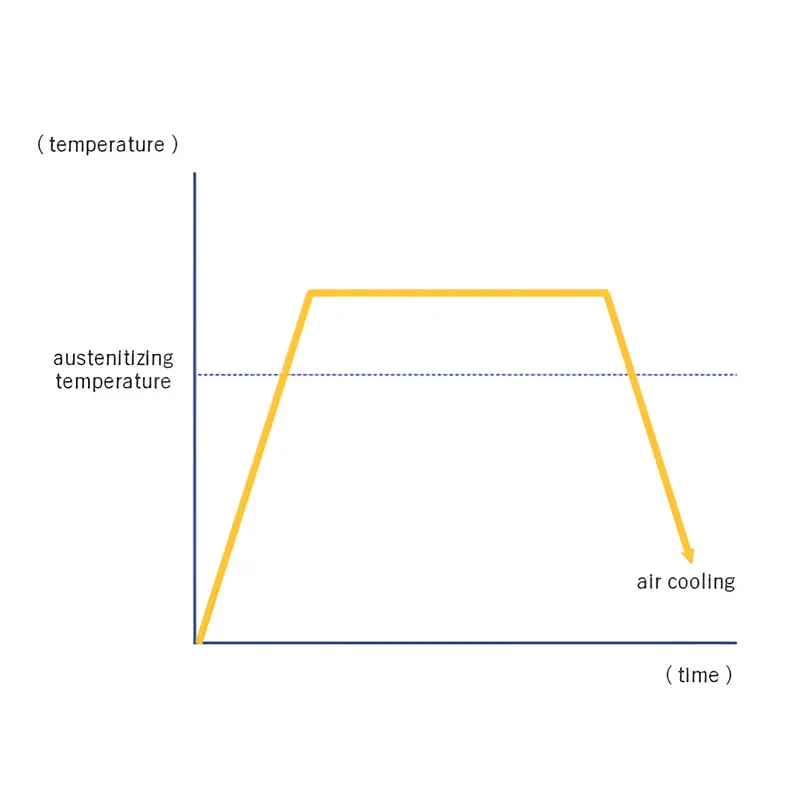
Effects: Transform the uneven steel structure into a standard, fine-grained state, improving ductility and workability.
Key Differences
The main distinctions among these processes lie in their cooling rates and resultant microstructural changes.
Quenching delivers maximum hardness but at the expense of increased brittleness, while tempering seeks to mitigate this brittleness while maintaining
hardness.
Annealing and normalizing focus on softening the steel and improving its workability, with the latter providing a compromise between strength and toughness.
Sequence and Application
There is no fixed sequence for employing these processes, as their application depends on the desired properties of a particular application.
They can be used individually or sequentially, with combinations like quenching followed by tempering being common practice.
The choice of method and sequence is dictated by the specific requirements of the end product.
Conclusion
In summary, heat treatment processes play a pivotal role in tailoring the properties of steel to meet the diverse needs of different industries.
Whether it's enhancing hardness for cutting tools, improving toughness for structural components, or optimizing machinability for Manufacturing Processes,
understanding and applying these methods correctly are essential for achieving desired outcomes in steel production and fabrication.
Why Choose SAIVS™ as Your Supplier?
1.Superb Quality Control Management
At SAIVS, we take pride in our perfect quality management systems and procedures, which guarantees the excellent performance of all our producs, being a professional Investment Casting | Die Casting| Sand Castingmanufacturer in China.
2.Rich Production Experience
With 20 years of experience in production, SAIVS has a deep understanding of the market and trends, and strives for continuous research and innovation. This has created advantages in both the product's performance and appearance.
3.Competitive Prices
As a Chinese factory committed to becoming the most cost-effective Investment Casting | Die Casting| Sand Castingexporter in China, SAIVS provides high-quality products at advantageous prices. By lowering costs and increasing efficiency, we ensure that our customers receive the best possible value for their investment.
4.Perfect After-sales Service
At SAIVS, we strive to provide superior customer service that meets and exceeds expectations. We are always available for any questions or concerns you may have, and we stand by our commitment to providing excellent after-sales support.
Related Posts
-
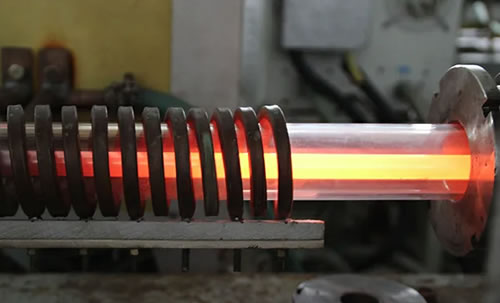
Heat Treatment of Stainless Steel
Heat Treatment of Stainless SteelStainless steel is one of the most widely used alloys in metal casting — prized for its strength, hardness, and resistance to c...
-
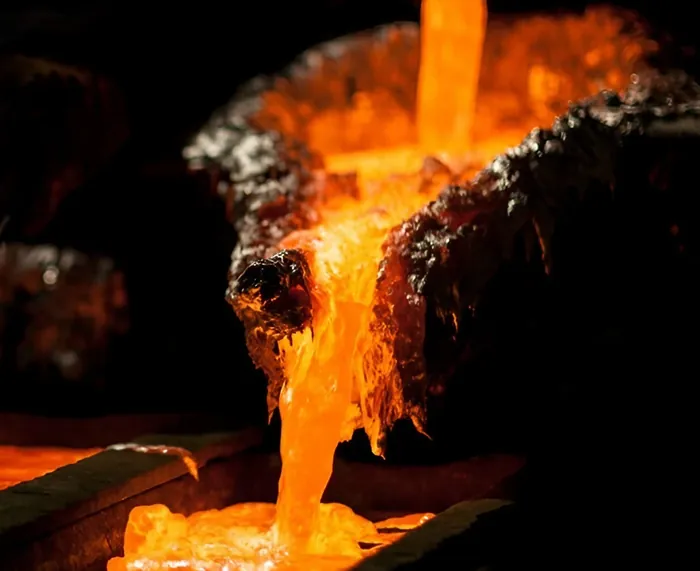
How to Reduce Aluminum Casting Costs
Discover how to reduce costs in aluminum casting with this comprehensive guide. Learn about design for manufacturability, alloy selection, process optimization,...
-
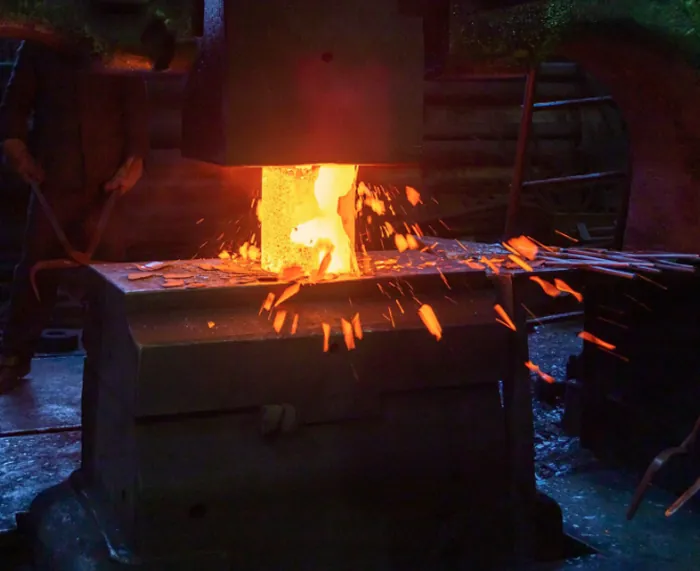
Cold Forging And Hot Forging:What Is The Difference
Forging is a widely used manufacturing process that involves shaping metal by applying compressive forces.Two primary methods of forging are hot forging and col...
-
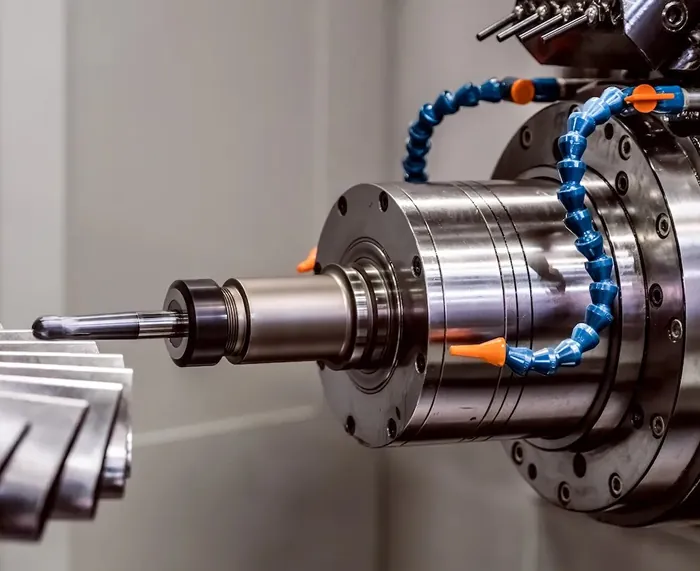
Die cast product design: 3 considerations
Die casting is a manufacturing process used to produce metalcomponents with high precision and efficiency. It involves injecting molten metal into a die, which ...
-
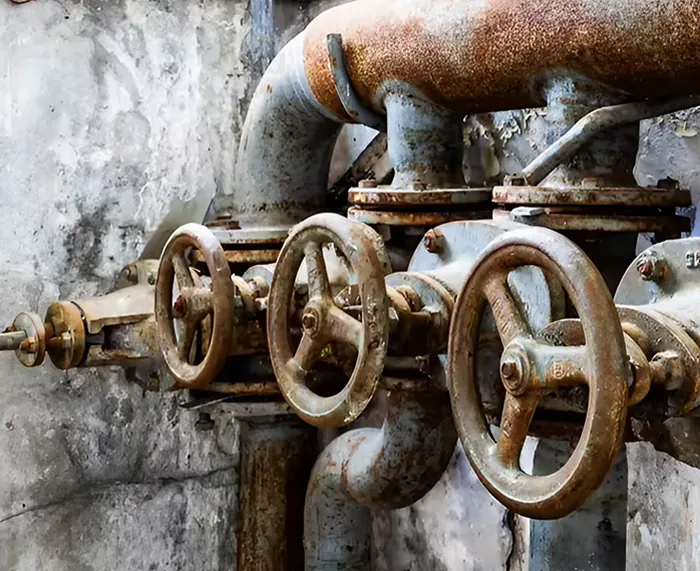
6 Effective Strategies to Stop Rust in its Tracks
Learn how to prevent rust with smart choices & clever tricks. From steel secrets to coatings & care, keep your projects strong & beautiful. Start ru...
-
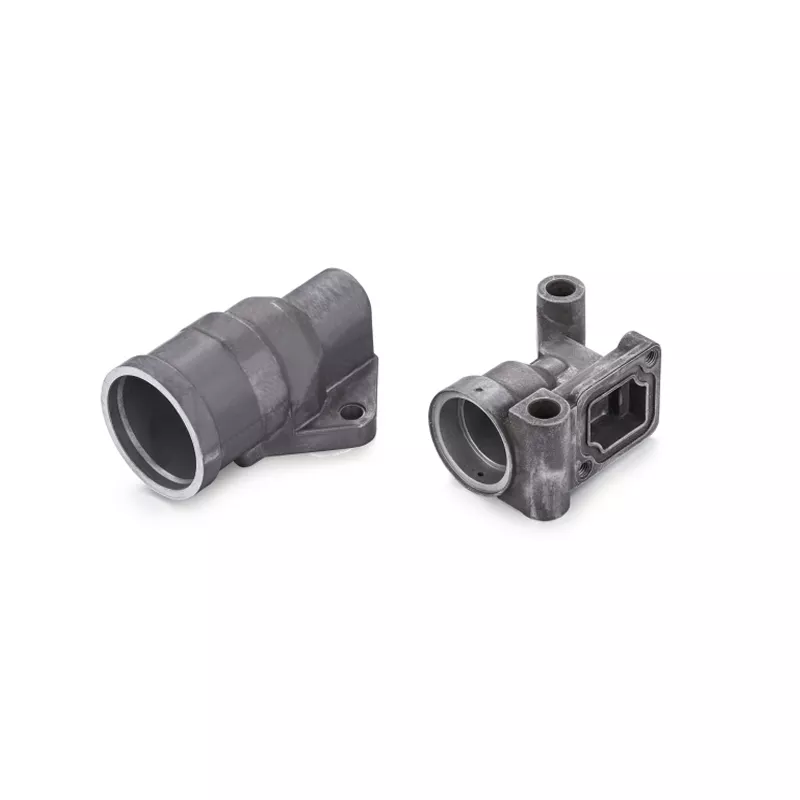
How to remove burrs from aluminum alloy die castings?
Due to the influence of raw materials, equipment and other factors during the production of aluminum alloy die castings, burr is common. How to remove these bur...

